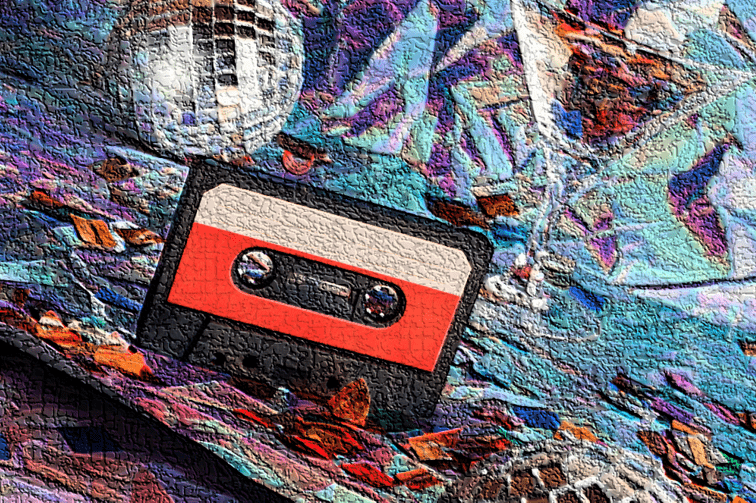
Hopefully, you “got” my pun in the title of today’s post. How can a movement that looks back in time to an earlier period of pop culture even have a path into tomorrow? But the fact is, nostalgia has become such a powerful force, particularly in marketing, that more and more brands are embracing it.
In radio, the view from the rearview mirror has been a staple for decades. The term “Oldies” is clearly a radio and music derived phenomenon with a lifespan that will never entirely expire. As radio audiences age, a nostalgia strategy just makes sense.
In the ’80s, I hit “gold” with the Classic Rock format, and 35 years later this spring, the format remains viable. In terms of sheer station count and in 25-54 year-old rankings, Classic Rock has hung in well, even though its heritage audience “aged out” years ago.
years later this spring, the format remains viable. In terms of sheer station count and in 25-54 year-old rankings, Classic Rock has hung in well, even though its heritage audience “aged out” years ago.
Now, a new article in Brandwatch is a primer for nostalgic marketers, a lost art that many radio companies never bothered to learn. For many, it was just a matter of cloning Mediabase rankers to create a so-called “safe list” of 250 songs and call it good. That works if all you’re looking for is a two-year format.
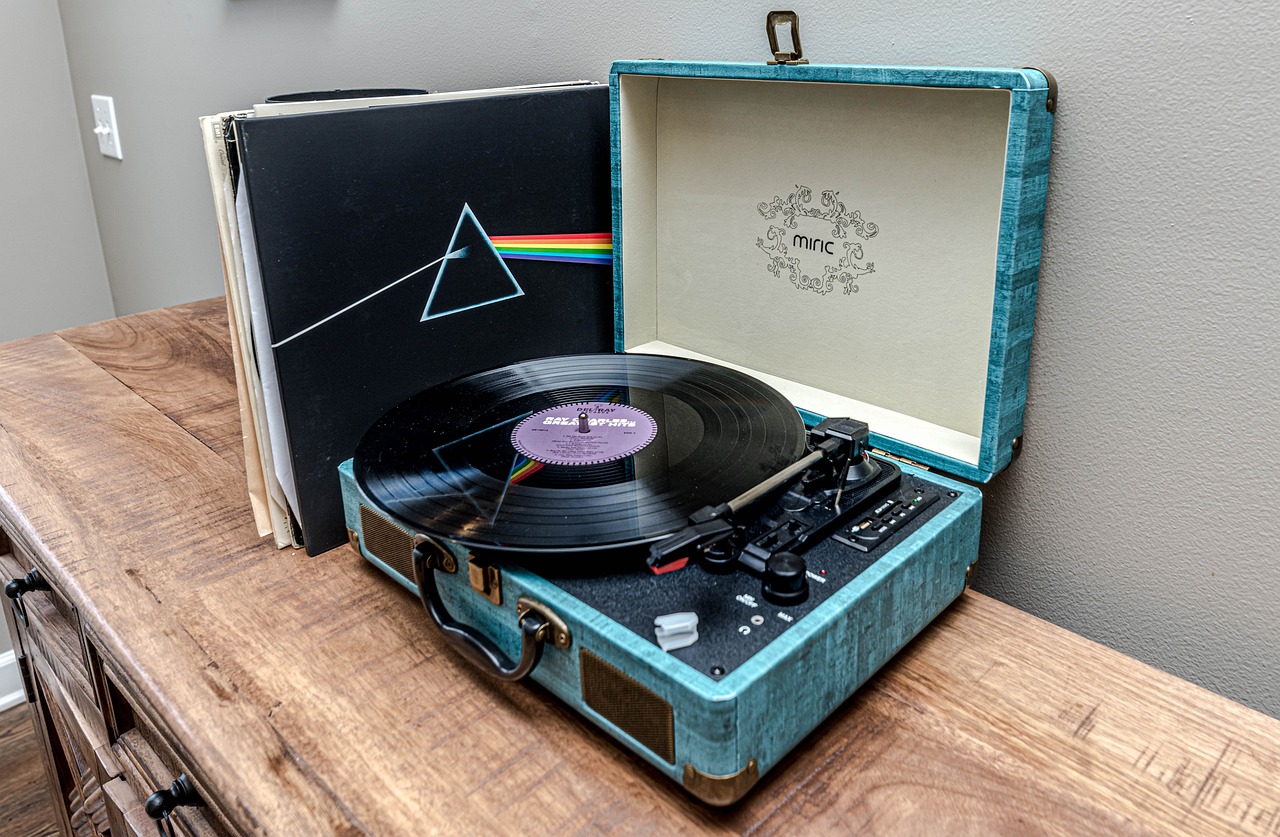 But for broadcasters trying to build a venerable brand – a station that can grow, develop, and ultimately stand the test of time, it requires strategic marketing via gaining an understanding of your audience and what makes them tick.
But for broadcasters trying to build a venerable brand – a station that can grow, develop, and ultimately stand the test of time, it requires strategic marketing via gaining an understanding of your audience and what makes them tick.
It also helps to have an understanding of the psychology behind nostalgia. When I launched Classic Rock, I did it more on gut calls than in actually developing a strategic game plan connected to the passion behind the music.
In my case, the opportunity was so massive, it almost didn’t matter that I made some miscalls early on. But in today’s more results-oriented environment, you’re better off having an intrinsic and proven rationale.
A recent study by a team from the Georgia Institute of Technology appeared last month in Study Finds. The story – “Music can change how you feel about the past” – is the perfect storyline for today’s angst-ridden times.
The study’s authors, led by Yiren Ren, suggests that musical memories don’t just dredge up photos from one’s past. Instead, they have the incredible power to alter the way we remember past events – that is, enhance them – thanks to the power of the music.
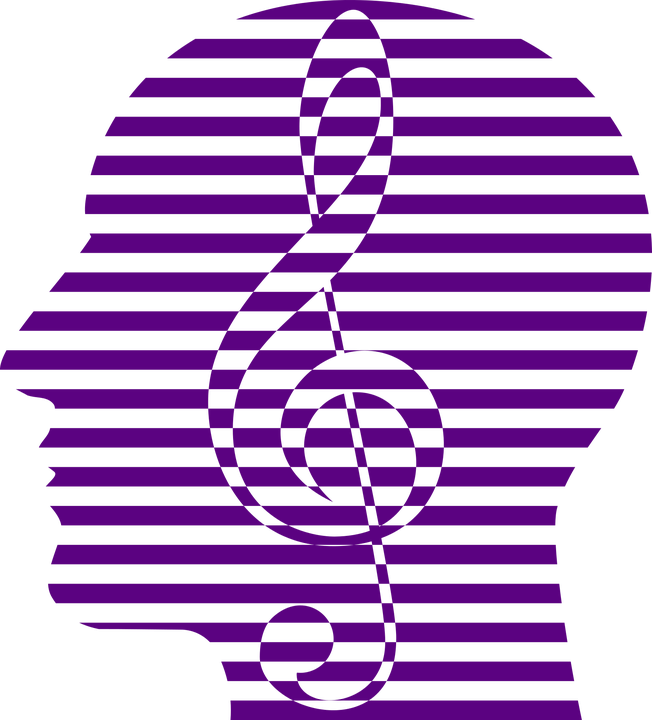 Using physiological research – that is, brain scans taken while people remembered stories and listened to music – the team showed how both emotions and memory-processing regions of the brain can be impacted simultaneously.
Using physiological research – that is, brain scans taken while people remembered stories and listened to music – the team showed how both emotions and memory-processing regions of the brain can be impacted simultaneously.
Bottom line, this research goes beyond how radio measures music preference – by light years. Unlike so many other music formats, nostalgic music has a deeper impact:
“On a day-to-day level, our research highlights the potential power of the soundtrack people choose for their lives. Memories, much like your favorite songs, can be remixed and remastered by music.”
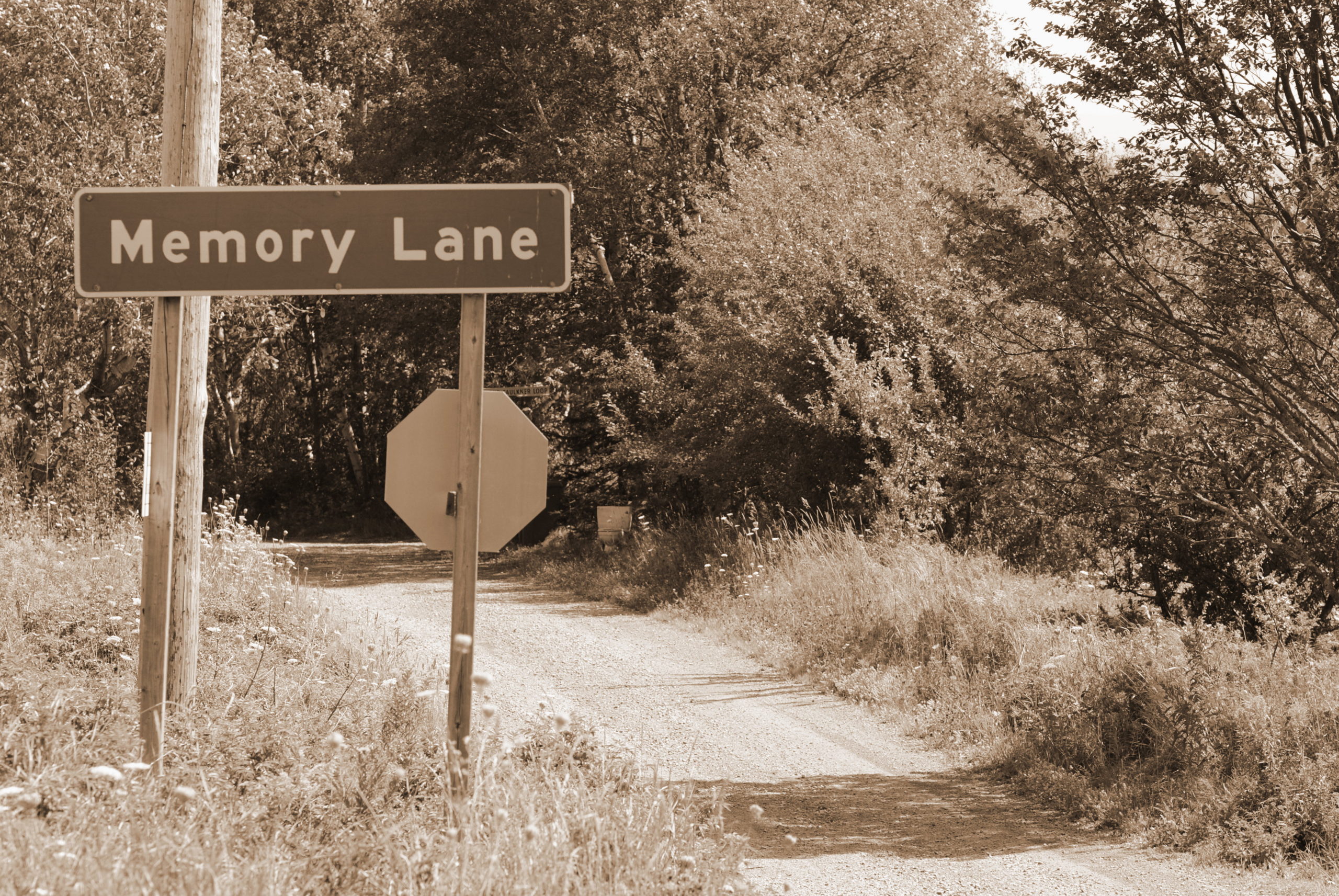 By inference, this might also explain why nostalgic formats provide more than just passive background music. Fans who grew up with the music and associate it with evens from their past are more invested.
By inference, this might also explain why nostalgic formats provide more than just passive background music. Fans who grew up with the music and associate it with evens from their past are more invested.
You have to wonder whether sponsors who pay for the ability to have proximity to the music in nearby commercial stopsets might also benefit more greatly by advertising on a Classic Rock, Oldies, or Hip-Hop Throwback stations. Perhaps those researchers from G.I.T. can get some grant money to run that experiment on the power of nostalgic music.
Meantime, a playbook of sorts has been recently created that would help any radio organization launch a nostalgic format successfully. A great story in Brandwatchlays out the building blocks.
In “Harnessing Nostalgia Marketing: Strategies to Engage Modern Audiences,” the authors provide an excellent step-by-step guide to scoring with a steady diet of music from the past.
As radio’s audience ages, this type of primer is loaded with great ideas and action steps any broadcaster can take to enhance their nostalgic format. Suffice it to say, I wish it would have been around a few decades ago when I was feeling my way along with Classic Rock.
Key points from the Brandwatch guide include the obvious advice: Know your audience.
In the case of music with a nostalgic backbone, this is even more important because of “collective memory” – how the same songs have similarly powerful effects on so many people.
Beyond those who grew up with the music in real time – that is, Baby Boomers and Classic Rock from the late ’60s into the ’70s, the authors suggest different generational groups and their relationship to the music can be studied and learned by “analyzing social media conversations.” How else to explain why so many Millennials and Gen Z’s love Classic Rock and know the words to so many songs released years – even decades – before they were born?
@annie.the.guitarist #guitar #femaleguitarist #femaleguitarplayer #shred #guitarshred
Of course, crafting a marketing strategy is part and parcel to launching, building, and sustaining a nostalgia music format. And before you tell me you have no promotional budget for the rest of this decade, the Brandwatch team reminds us there are lots of ways to make this happen that don’t involve deep pockets.
They suggest partnering with another nostalgia-laced brand, such as a historic concert venue or a promoter that books these older acts or tribute bands that help make the music come alive decades later.
Then there’s “nostalgic storytelling.” This is something Adam Reader, the Professor of Rock, excels at on his YouTube show and on the radio show he’s launched with Hubbard.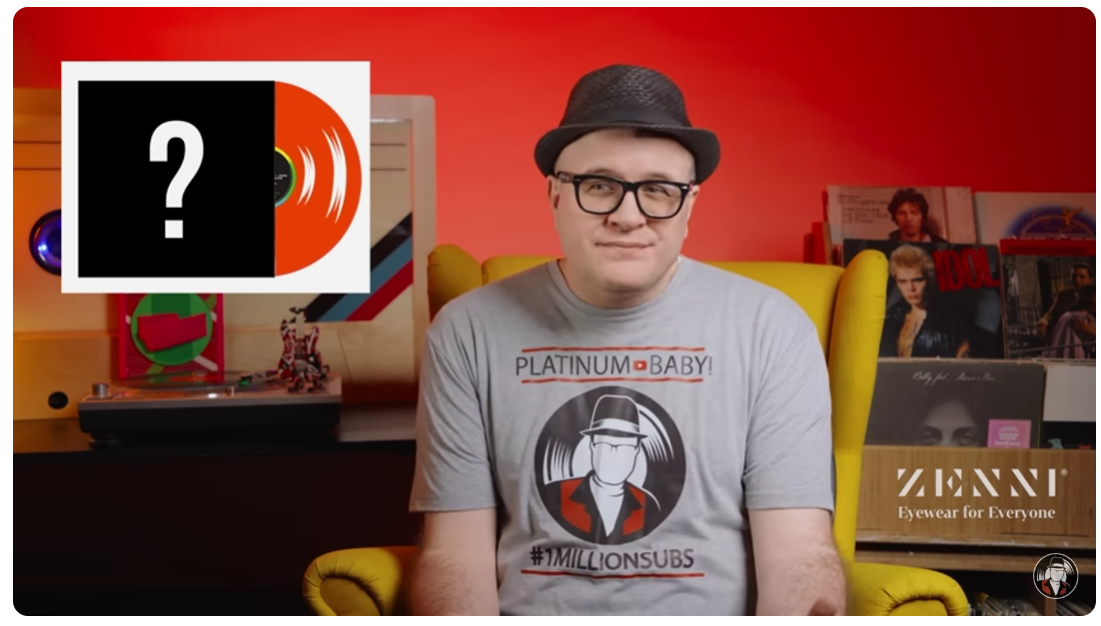
The authors also encourage nostalgic content creators to “use multiple channels,” something that every radio brand should be doing with every format. With different but related content designed for specific brands – such as TikTok – radio marketers can reach more diverse audiences than they can just on the station.
The Brandwatch article points to the “Barbie” brand as a sterling example of a nostalgic brand that’s been brilliantly launched to diverse audiences thanks to great storytelling while building a new narrative behind an old product.
Hopping on the “experiences” bandwagon, the Brandwatch brain trust says that limited edition “throwback” merch – jerseys, hats, etc. – can create a way for fans to enjoy the retro phenomenon again, while reminding friends, family, and those they meet about the pop culture important to them. When these campaigns are well designed, they can lead to impressive sales boosts.
Thanks to the Internet – which wasn’t around when all this great music first appeared in the lives of the original audience that first enjoyed it – there’s seemingly an infinite reservoir of nostalgic info that brands – and air personalities – can tap into.
Of course, authenticity is of paramount importance to these formats and to many core listeners who pride themselves on their knowledge of the music. You only have to hear Jethro Tull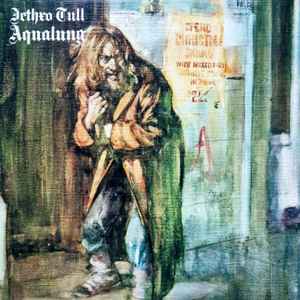 referred to as “he” just once on a Classic Rock station to realize the entire enterprise may be bogus.
referred to as “he” just once on a Classic Rock station to realize the entire enterprise may be bogus.
Given the sporadic successes of new music-leaning formats in broadcast radio these days, I’m surprised more variations on nostalgic formats aren’t part of the creative radio process these days.
As these wonderful articles from two different sources remind us, there’s huge upside in nostalgia during times when consumers are especially on edge. Like comfort food for the ears (and the brain), radio can be the home of passionate listeners – again.
- Will Radio Jump On TikTok’s “Silver Express?” - May 27, 2025
- Memorial Day 2025 – The Year Of Standing On Shaky Ground - May 23, 2025
- To Win In Radio, Make A Difference - May 22, 2025




This –
“I’m surprised more variations on nostalgic formats aren’t part of the creative radio process these days”.
Radio has given up.
Maybe we need some people who are actually radio lovers in the C-suites of American radio conglomerates.
What a concept.
John, it couldn’t hurt.
Except for the tried and true formats, yes. And as sommeone who carried te burden of proving the efficacy of Classic Rock for a number of years, it IS a heavy lift. But once it hits, you have a franchise that can endure for years .
A research model:
—Find out what they like
—Find out what they don’t like
—Then ask about what they miss
Yup, a logical approach for a brand that leverages nostalgia.
Dear Fred Jacobs,
i really appreciate your work. In a couple of post during the latest weeks it seems you where answering to my questions :)) I’m so curious about the Brandwatch Harness Nostalgic Marketing: Strategies to Engage Modern Audiences, but i can’t find the work or where to buy it. Can u help me.
Best Regards,
Costantino Da Tos
Constantino, thanks for the comment. I usually include a link to articles I quote. But in this case, I failed to do so. You can access it here.
Doctor Who once said time, “… from a nonlinear, non-subjective viewpoint, is like a big ball of wibbly-wobbly timey-wimey… stuff.” I have to agree.
In the early 80s, I found myself hosting a Music of Your Life show — music from forty years prior. The contrasts between the two eras was striking: in audio fidelity, musical complexity and just the overall vibe. Top songs included “I’m Beginning to See the Light”, “Sentimental Journey” and “My Dreams Are Getting Better All the Time”.
Fast forward to now, and music from forty years back includes “We Built This City”, “Like a Virgin” and “I Feel For You”.
Those 1945 songs weren’t hummed by the general public much in 1985, yet now in 2025, our own 40+ tunes are in commercials and movies and played in stadiums.
“Nostalgia” is such a nebulous term now and is so pliable that it ought to be sold in plastic eggs at toy stores.
You are correct, Alan, that nostalgia has almost become organic. And as we’ve learned over the past couple decades, technology has leveled the chronological playing field. After all, do today’s Gen Zs know when “Mr. Brightside,” “Sweet Caroline,” or “Seven Nation Army” were recorded. And do they care? But they’re sure fun to sing at football games.
Really enjoyed reading this one Fred, and I must admit I felt quite nostalgic thinking back to those early days at KCFX. Thanks for the memories!
We learned a ton and did some amazing things. Great to heaar from you, Greg!
The trick to successfully working a “nostalgia” format is to act as though it’s today’s music – because for younger listeners, it is! If you date your tunes – “that was from back in the 70s” – you’re making older listeners feel old and younger listeners feel irrelevant.
I was watching an Agents of Shield rerun and they played a clip from “Don’t Fear the Reeper” as a secret bad guy was jetting across the sky, and it totally fit – even if I didn’t remember the song (which, of course, I did.) Think Guardians of the Galaxy or Captain Marvel or Lucifer. The music fits the feeling they’re trying to convey, regardless of the time period in which it was created. You don’t have to force listeners to remember the date, just the feeling.
I really, really agree with this. As long as the song itself doesn’t sound old–and as long as the presentation doesn’t call attention to its age–it very well can still work.
Here’s my recent example: To mark 2024’s 45th anniversary of Xutos & Pontapés’ formation (which I might’ve alluded to in a different context), Rádio Comercial assembled an all-star tribute video (apparently in secret) involving one of the band’s best-known late-’80s songs (À Minha Maneira). The full range of performers (some of whom might still be in their 20s) and the extremely good production values really underscore just how fresh the song itself still is. (It also didn’t hurt that archrival RFM used the same song a few months before that as the basis for Portugal’s official Olympics song, A Minha Bandeira.)
https://www.youtube.com/watch?v=0brka7jOSEE
As you correctly point out, Dianna, the key to running a nostalgia formatt is to be always looking out the windsheild – not the rear-view mirror. To look back is to limit the longevity of your brand. thanaks for this.